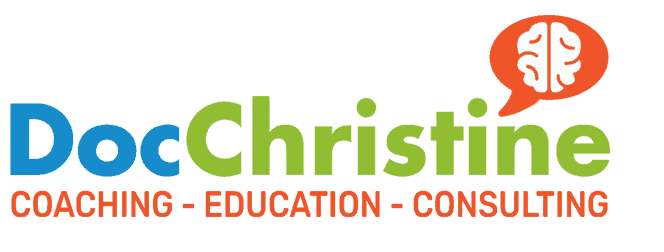How Forced Isolation Makes Your Life Miserable
>> Asking the hard questions about quality of life and cost <<

During these times, we all are more or less forced to self-isolate or are being quarantined.
This is supposed to be to save lives, but really — does it?
In this article, I want to ask some provocative questions to help you think about the real consequences of the government-reaction to #COVID19 Coronavirus.
The isolation and physical distancing rules may reduce the spread of infections, but they — and the ensuing economic downturn — certainly spreads fear, anxiety, worry and depression, mental and financial.
Science supports the fact that living isolated from other human being affects your quality of life negatively — and this can lead to mental health issues up to depression, anxiety and even suicide.
On top of this, due to forced business closures and a worldwide downturn of the economy, many people are tumbling into financial ruin — a second reason for mental health disasters and depression.
A recent meta-analysis confirmed this and the estimated per-day cost of the reduced quality of life for patients and the cost of isolation measures to the health-care system are between US$10 and $2000. That seems like a relatively low number, but is it?
The human suffering behind this estimate is immense.
So what’s the cost of a human life?
How much is it worth to society to save a life?
Are all lives worth the same?
Is the life or an elderly person with multiple co-morbidities worth more or the life of a previously healthy young person?
This is a very difficult ethical question that each person, government, country, health-care-system and country has to answer for themselves.
We constantly make choices of how to allot limited resources in the healthcare system — personnel, materials, drugs etc, whether we are aware of it or not.
A classical case of choosing allocation of services is the triage system used in military and mass casualty scenarios.
Preference in treatment is given to those who have a reasonable chance to recover, while those who are bound to die are just given supportive treatment like pain relief.
So what really are the consequences for the COVID-19 virus and the economic disaster resulting from the government reaction to a really not-so-deadly disease?
( I feel that a deadly disease — like Ebola — kills 50–80% of infected people. COVID 19 kills about 1% — which is not unusual for a bad flu)
Spreading of fear and worry has always been a preferred way of newscasters to get our attention. Now the government is taking the same approach…
Social media is exploding with bad news and messages of hope from all angles. Yes, people are reaching out and helping each other, and that is the positive aspect of any crisis. But was it necessary to make it a crisis in the first place?
“Flattening the curve” is a new expression for prolonging the agony of isolation and worsening of mental and economic depression.
I propose that the number of people suffering from severe depression and anxiety, and even suicides of previously healthy people in the prime of their life following financial ruin, will be greater than the number of COViD19-associated deaths — mostly in the population of elderly people and those with pre-existing conditions.
So here are a few unpopular questions:
What’s the cost of a human life?
How much is it worth to society to save a life?
Are all lives worth the same?
Is the life or an elderly person with multiple co-morbidities worth more or the life of a previously healthy young person?
What kind of artificial selection are we doing in our society?
Is this a healthy way to run a country?
Why are we so afraid of dying that we’d rather ruin the economy over it?
Why did we respond to the swine flu (with similar infection pattern and infection to death rate) in a different way?
What if…we never tested for COVID19, didn’t broadcast every death in the media and just had gone on with daily life as usual?
Would it have been “just a bad flu” season?
What if — like in Taiwan and other countries — we would instead of fearmongering and isolation have forced everyone to wear masks from the start and focused our government support on healthcare workers and protecting vulnerable people?
Would we have been able to save our economy like in those countries by not having to shut all non-essential business down?
(In Taiwan, only very little cases and deaths relative to the population have been reported)
Why do we report each COVID-19 case but not every heart attack, traffic casualty…?
Why are we not “self-isolating” our cars in our garages to avoid traffic deaths in the same way we do it currently with COVID19?
Why are we as a society so afraid of death and dying that we are willing to sacrifice our current quality of life to postpone it? (we really are not avoiding any deaths!)
It’s time to talk about it.
I know my answers.
What are yours? I’d love to know!
Click here to take your free quality of life assessment and find out where you stand!
https://hipaa.jotform.com/christinesauer/QOL
